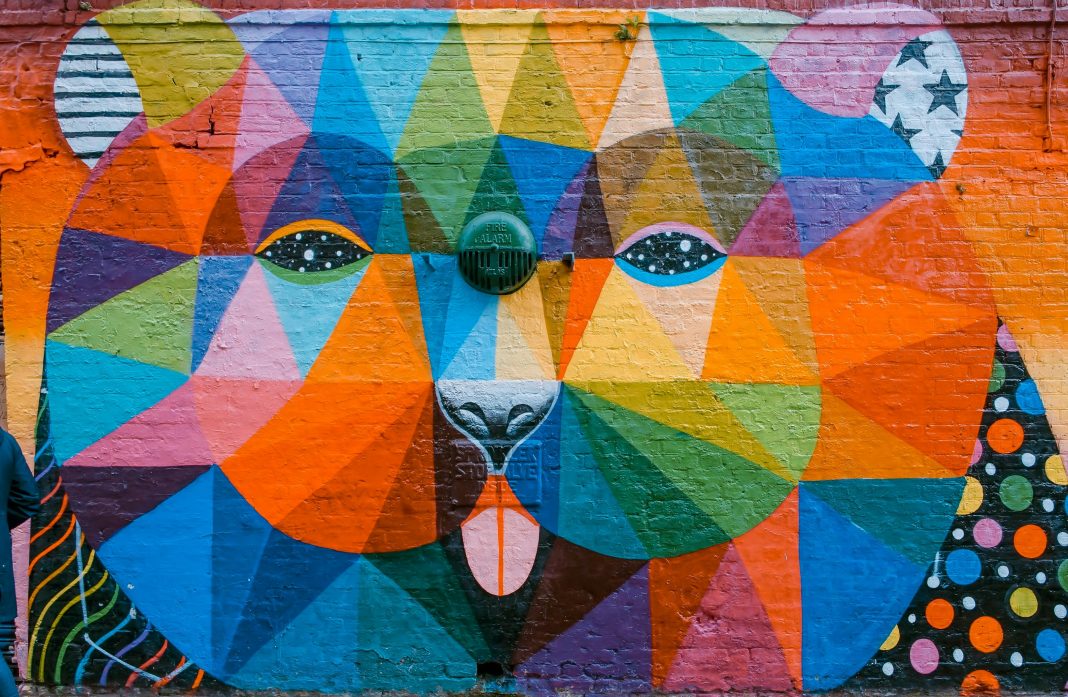Once considered an act of vandalism, street art has undergone a remarkable transformation, evolving into a respected and valued form of cultural expression. This transition reflects broader societal changes in the perception of public space, art, and community identity. This article explores the journey of street art from its rebellious roots to its current status as a vital aspect of urban culture and creativity.
The Origins of Street Art
Street art’s origins can be traced back to the graffiti movement of the 1960s and 1970s, which saw urban landscapes, particularly in New York City, adorned with tags, murals, and messages that ranged from personal signatures to political statements. Initially dismissed as vandalism, these early expressions laid the groundwork for what would become a global artistic movement.
Recognition and Acceptance
Public and Critical Acclaim: The turning point for street art came when the public and critics began to recognize the skill, creativity, and messages embedded in these works. High-profile exhibitions and the involvement of celebrated artists like Banksy and Shepard Fairey helped elevate street art’s status.
Legalization and Commissioning: Many cities around the world have started to commission street art projects, transforming blank walls into public canvases. This shift not only legitimizes the art form but also encourages artists to work within the community, often with the community’s input and blessing.
Street Art as Cultural Expression
Street art has become a powerful tool for cultural expression and social commentary, reflecting the thoughts, hopes, and concerns of the community. It has the unique ability to make art accessible to all, breaking down the barriers that often exist around traditional art venues.
Impact on Urban Spaces
Beautification and Revitalization: Street art has played a significant role in beautifying and revitalizing neglected urban areas, turning them into popular destinations for locals and tourists alike.
Economic Impact: The popularity of street art has contributed to local economies, attracting visitors, and inspiring a range of street art-related activities, including tours and merchandise.
Community Identity: Murals and installations often reflect the history, culture, and values of the local community, fostering a sense of pride and belonging among residents.
Challenges and Controversies
Despite its growing acceptance, street art still faces challenges, including debates over copyright and ownership, the balance between commercialization and artistic integrity, and ongoing tensions between street artists and authorities in some cities.
The Future of Street Art
The future of street art looks bright, with artists continually pushing the boundaries of what can be achieved in public spaces. Technology, including augmented reality and digital projections, is opening up new avenues for street art, ensuring that it remains a dynamic and evolving form of expression.
Conclusion
Street art’s journey from vandalism to a valued component of urban culture underscores the power of art to transform spaces, engage communities, and provoke thought. As it continues to evolve, street art embodies the spirit of innovation and the unyielding desire for expression that defines humanity. Its transformation speaks to a broader acceptance of alternative forms of creativity and a deeper understanding of the role public spaces can play in fostering artistic expression.

